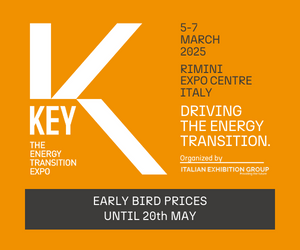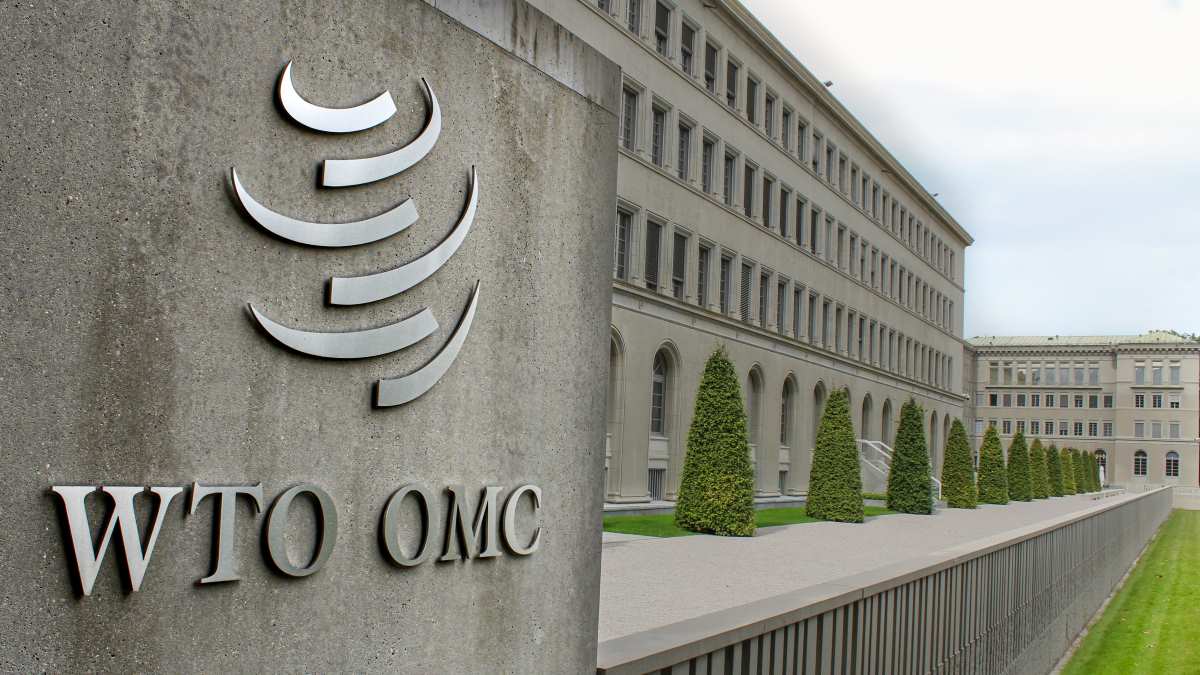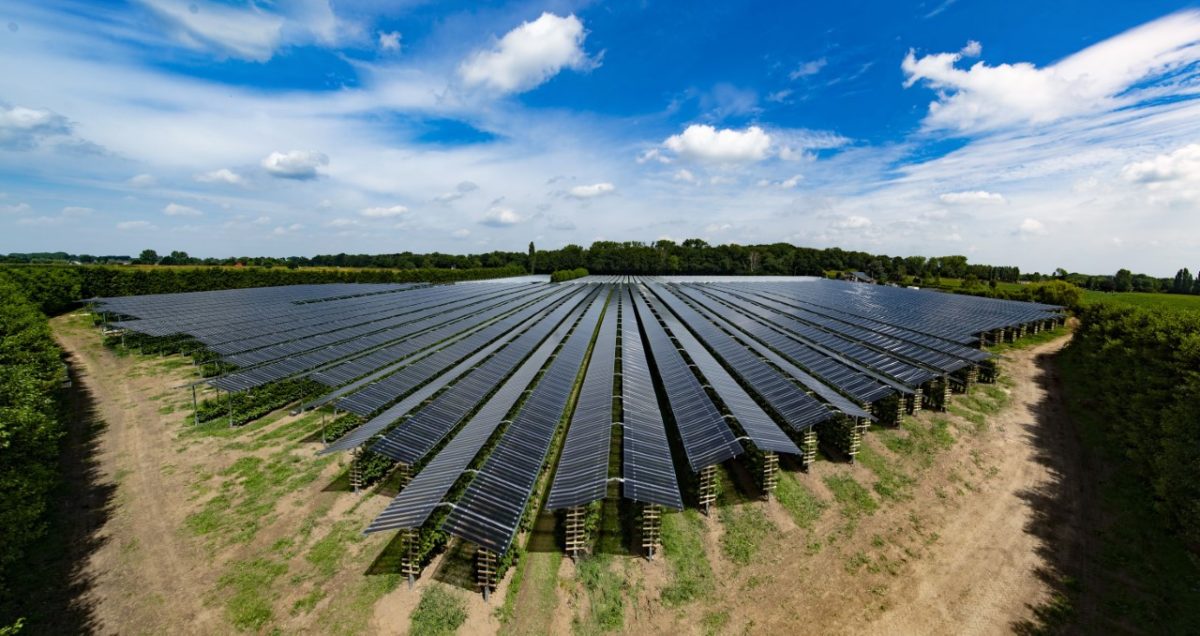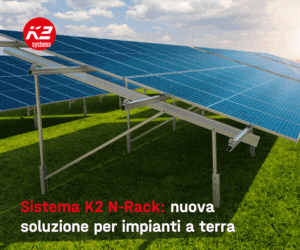“The Middle East has its oil, China has rare earth”. Deng Xiaoping said it thirty years ago and it would sound like a weird statement, but the events of the past few months are now revealing its relevance.
Today Peking produces 95% of rare earth or metals, a group of seventeen chemical elements including lanthanum and neodymium, used for many applications such as hybrid vehicles, aerogenerators and compact fluorescent lamps, that are central products of green economy.
According to Achim Steiner, executive director of Unep, some of these minerals may run out within 30-40 years, considering that the annual growth rate of their use reaches 9%. According to the Chinese ministry of trade, internal reserves, 27 million tons, that is 30% of the world reserves, may be enough for the next 15-20 years.
No wonder that China, which is grabbing the whole world mineral reserves, decided in these months to dramatically cut its exports of rare earth.
Japanese, European and American industries expressed their reactions at the G20 summit in Seoul. At the same time, industrialised countries are thinking about opening some new mines for these metals, optimising their use and recycling.
Again with regard to green economy, some other tensions are emerging in the US. In the last few weeks, the United Steelworkers union filed a complaint with the WTO against China because of its incentive policies for the renewable energy industry, which seem to threaten European and US enterprises. In the last few years, Chinese wind energy companies grew so much as to take over the world leadership in 2010. This year, US wind energy companies, which employ 85,000 workers, were in serious difficulties. Yet the greatest responsibility is not to be placed on Chinese competition, but on the crash of the internal wind energy market (1,634 MW, with a reduction of 72% compared with the same period last year). The uncertainty of the national situation, beginning from the climate bill stalling in the Senate, explains the difficulties in the US wind energy industry. The simultaneous boom of solar power plants on the west coast, though, is mitigating the difficulties of Obama’s policy.
The current confrontation with China on rare earth and renewables is a signal of the changes underway in trade dynamics among countries and highlights the increasingly important role of green economy.
China vs World and green economy tensions
CATEGORIE:
The race for rare earth and metals will be crucial for the leadership in green economy. At the current consumption rate, many minerals are risking to run out in 30-40 years. China has therefore decided to keep its vast resources within its boundaries and at the same time provide strong incentives for renewables, creating hostility from some countries, particularly the USA. Editorial by Gianni Silvestrini.
Potrebbero interessarti

































